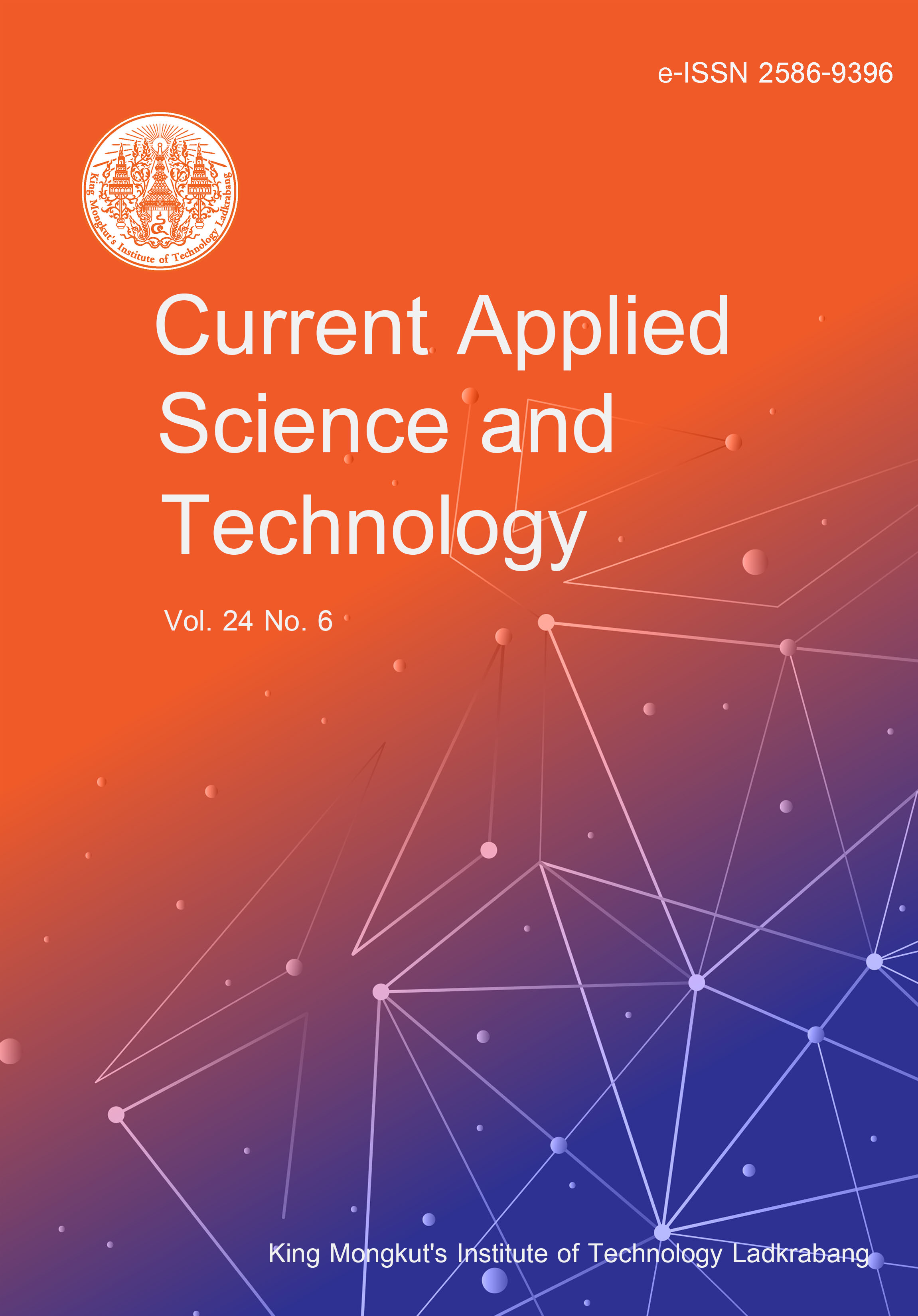Plant growth-promoting (PGP) actinobacteria can be used to promote plant growth. Their use is a promising strategy that can be employed instead of agricultural chemical fertilizers. An actinobacterium strain, designated SCL1-1, was collected and isolated from a soil sample in a herbal garden at Pathum Thani province, Thailand. Analysis revealed that the SCL1-1 strain was a Gram-positive bacterium that formed longitudinal paired spores that were borne directly on aerial mycelia. It contained meso-diaminopimelic acid in its cell wall peptidoglycan. Moreover, madurose, which is a diagnostic sugar, was present in its whole-cell hydrolysates. 16S rRNA gene analysis revealed that the SCL1-1 strain was a member of the Microbispora and showed a close relationship to Microbispora rosea ATCC 12950T (99.6%), followed by Microbispora hainanensis DSM 45428T (99.2%). However, a genome-based polyphasic study revealed that strain SCL1-1 had a low average nucleotide identity (ANI) (<95%), and digital DNA–DNA hybridization (dDDH) value (<70%) with M. rosea ATCC 12950T and M. hainanensis DSM 45428T, indicating that strain SCL1-1 was a different species to its close relatives. Genome mining of strain SCL1-1 showed the presence of genes related to the production of indole-3-acetic acid (IAA), and siderophore, which are agents that promote plant growth. In addition, the genome of strain SCL1-1 was found in several secondary metabolite biosynthetic gene clusters, which were possibly encoded for a broad range of remarkable natural products and antibiotics.
Dejtisakdi, W. ., Duangupama, T. ., & Thawai, C. . (2024). Genome Insights into the Plant Growth Promoting Features of a Newly Found Microbispora sp. SCL1-1. CURRENT APPLIED SCIENCE AND TECHNOLOGY, e0260336. https://doi.org/10.55003/cast.2024.260336

